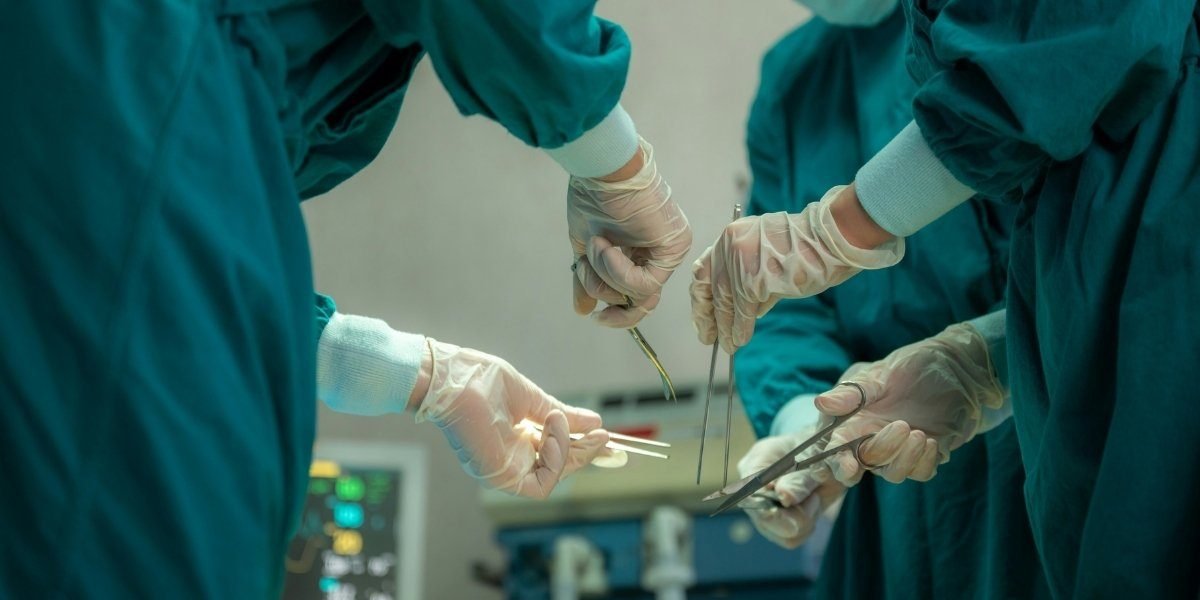Rhinoplasty, commonly known as a “nose job,” is one of the most popular and versatile cosmetic surgeries performed worldwide. This procedure involves reshaping the nose to improve its appearance or functionality, addressing both aesthetic desires and medical needs. Whether enhancing facial symmetry or resolving breathing issues, rhinoplasty has the potential to significantly impact a person’s appearance and quality of life. This article explores the various aspects of rhinoplasty, providing a comprehensive understanding of its goals, techniques, considerations, and potential outcomes.
Read Also: How to Improve Sleep Health for Better Well-being
What Are the Cosmetic Goals of Rhinoplasty?
Cosmetic rhinoplasty primarily focuses on enhancing the appearance of the nose. People often seek rhinoplasty to achieve a more balanced facial profile, refine specific nasal features, or address issues that have made them self-conscious about their appearance. The cosmetic goals can vary widely depending on individual preferences, but some common reasons for seeking a cosmetic nose job include:
-
Refining the Nasal Bridge: Some individuals may feel that their nasal bridge is too wide, too flat, or too prominent. Rhinoplasty can be used to narrow or augment the bridge to create a more harmonious facial profile.
-
Adjusting the Tip of the Nose: Many patients seek rhinoplasty to refine the shape, projection, or angle of the nasal tip. Whether the tip is drooping, overly upturned, or bulbous, surgical adjustments can create a more aesthetically pleasing result.
-
Narrowing the Nostrils: Some individuals feel that their nostrils are too wide or asymmetrical, which can affect the overall appearance of the nose. Rhinoplasty allows for the reduction of nostril size to improve balance and facial harmony.
-
Correcting Asymmetry: Nasal asymmetry can occur naturally or result from trauma or previous surgeries. Rhinoplasty can help align the nose more evenly with the rest of the facial features, providing a more symmetrical appearance.
These aesthetic adjustments are not just about reshaping the nose but about ensuring the changes enhance overall facial harmony. An experienced surgeon will use artistic principles to achieve results that complement the patient’s other features.
What Are the Functional Goals of Rhinoplasty?
While rhinoplasty is often thought of in terms of cosmetic enhancement, many individuals undergo the procedure for medical reasons. Functional rhinoplasty addresses issues related to the internal structure of the nose, with the goal of improving breathing and overall nasal function. The most common reasons for functional rhinoplasty include:
-
Deviated Septum: A deviated septum occurs when the cartilage and bone dividing the two nasal passages are off-center, making one side of the nose more restricted than the other. This condition can lead to difficulty breathing, frequent congestion, and sinus infections. Rhinoplasty can correct this issue by straightening the septum, thus improving airflow.
-
Nasal Valve Collapse: The nasal valve is the narrowest part of the nasal airway, and its collapse can cause breathing difficulties. Rhinoplasty can be used to strengthen the nasal valve and restore proper airflow.
-
Other Structural Issues: Some individuals have congenital or acquired nasal structural problems that obstruct airflow. Rhinoplasty can address these by realigning the nasal bones, cartilage, or soft tissues to improve breathing.
Functional rhinoplasty plays a crucial role in improving quality of life for individuals with chronic nasal issues. The procedure not only enhances appearance but also restores nasal function, helping patients breathe more easily and comfortably.
What Are the Different Surgical Techniques in Rhinoplasty?
Rhinoplasty procedures can be classified into two main categories: open rhinoplasty and closed rhinoplasty. Each approach has its advantages and considerations, and the choice of technique depends on the complexity of the required changes, as well as the surgeon’s preference and expertise.
-
Open Rhinoplasty: This technique involves making a small incision on the columella (the tissue between the nostrils) in addition to internal incisions inside the nose. Open rhinoplasty provides the surgeon with a more direct view of the nasal structures, making it ideal for complex procedures that require extensive reshaping of the nose. The external incision is typically well-hidden in the natural creases of the nose, leaving a minimal visible scar.
-
Closed Rhinoplasty: In closed rhinoplasty, all incisions are made inside the nostrils, meaning there are no visible external scars. This technique is usually preferred for less complicated procedures that do not require extensive changes to the nose’s structure. Recovery times may be quicker with closed rhinoplasty, but the technique offers limited access for certain modifications.
Both techniques can yield excellent results when performed by a skilled and experienced surgeon. The decision on which approach to use is often based on the specific goals of the patient and the complexity of the surgery.
How Does the Consultation and Planning Process Work?
The consultation process is an essential step in ensuring the success of a rhinoplasty procedure. During the initial consultation, the surgeon thoroughly evaluates the patient’s nasal anatomy, medical history, and specific goals. This is an opportunity for the patient to discuss their expectations and concerns, while the surgeon can explain the potential outcomes of the procedure.
To help patients visualize the potential results, surgeons often use computer imaging or 3D modeling tools. These tools allow patients to see a digital simulation of how their nose might look after surgery, providing a realistic preview of the anticipated changes. This step is crucial in setting realistic expectations and ensuring both the surgeon and patient are aligned in terms of desired outcomes.
What Can You Expect During the Surgical Procedure and Recovery?
Rhinoplasty is typically performed under general anesthesia, with the patient being completely asleep during the procedure. The length of the surgery varies depending on the complexity of the changes being made, but it typically lasts between 1 to 3 hours.
After the surgery, patients can expect some swelling, bruising, and discomfort around the nose and eyes, which is normal. The majority of the swelling subsides within the first two weeks, though residual swelling may take several months to fully resolve. It’s important to follow the surgeon’s post-operative instructions to minimize complications and ensure proper healing.
Full results may not be visible until several months after the procedure, as the tissues continue to heal and settle into their new shape. Patience is key, as the final outcome of rhinoplasty often takes time to fully reveal itself.
What Are the Risks, Complications, and Considerations?
As with any surgical procedure, rhinoplasty carries some risks and potential complications. These may include infection, scarring, bleeding, or adverse reactions to anesthesia. While complications are rare, it’s essential for patients to choose a qualified and experienced surgeon to minimize these risks.
Additionally, rhinoplasty may not always meet a patient’s expectations, especially if their goals are unrealistic. Revision surgery may be necessary if there are issues with the outcome, although this is uncommon with highly skilled surgeons.
What Is Revision Rhinoplasty?
Revision rhinoplasty is a secondary procedure that is performed to correct issues from a previous rhinoplasty. This procedure can be more complex due to the scar tissue and changes in nasal anatomy that result from the first surgery. Patients considering revision rhinoplasty should seek a highly specialized surgeon who is experienced in handling the complexities of secondary procedures.
Read Also: Achieve Your Fitness Goals with Tailored Gym Routines
The Benefits and Considerations of Rhinoplasty
Rhinoplasty is a versatile and transformative procedure that can enhance both the appearance and function of the nose. Whether pursued for cosmetic or medical reasons, rhinoplasty offers patients the opportunity to improve their facial harmony and quality of life. However, it is crucial to have realistic expectations and to choose a skilled and experienced surgeon to ensure the best possible results.









